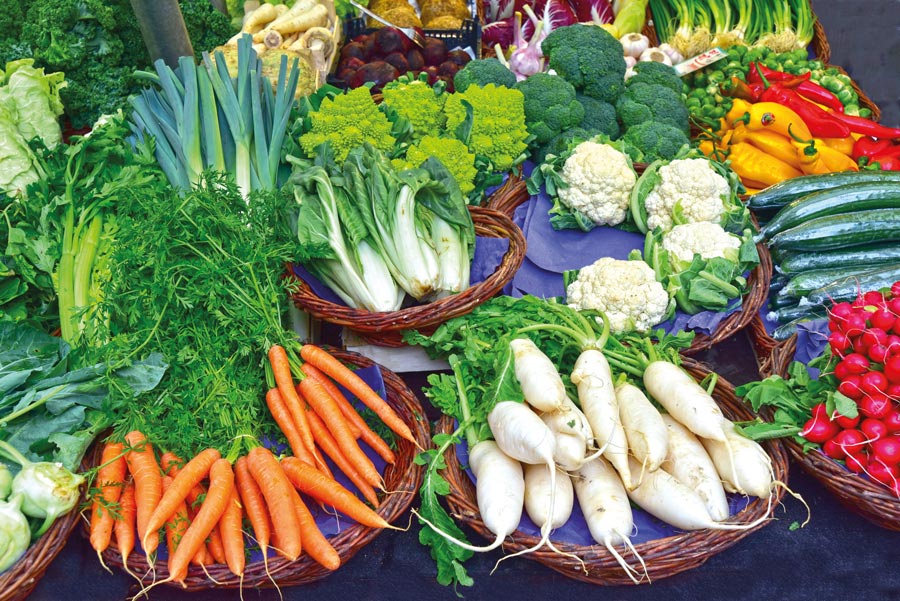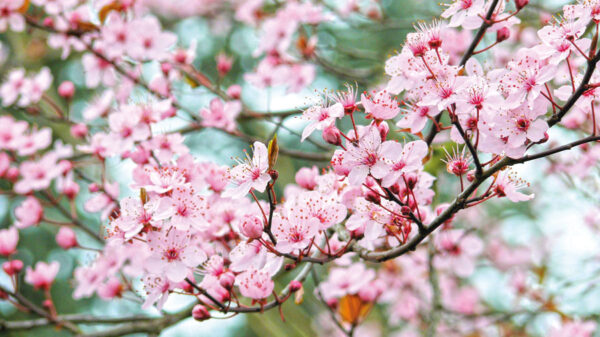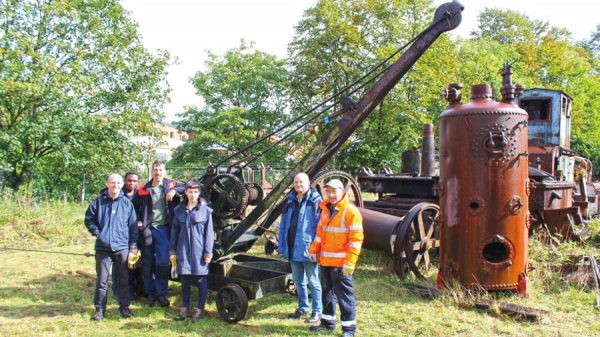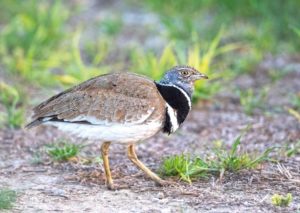Gazing out across the garden it is clear that autumn is approaching as the colour tones of the leaves begin to change and late season flowers such as Asters and Red Hot Pokers, provide a flowering finale. I am frantically harvesting from the vegetable garden, and what a harvest. The weather has been great for my plot, regular showers and good rich soil has provided bountiful crops of potatoes, beans, carrots, beetroot, turnips and sweetcorn not to mention huge cauliflowers, cabbage and loads of salad leaves, everyone should try to grow a few veg, the taste is amazing.

This month we turn our attention to perhaps the most overlooked part of the garden, yes, the lawn. Why is it that some men are obsessed with the lawn, I do know some who spend almost as much time pampering the lawn as they do polishing the car. Although I must admit, I’m not over enthused by either. To me a lawn is a practical and balancing feature of a garden, not to be taken too seriously. Don’t get me wrong I do like a neat green lawn but am happy for the occasional patch of clover and invasion of the shorter flowering species of wild flower like thyme and speedwell, both adding a freshness and if not cut too close the occasional flower too. I see my lawn as a half way house between a practical carpet and a wild flower meadow, good for the family and good for the insects. I do remove troublesome weeds such as dandelions, buttercup and plantain, I use a weed puller which is a small fork like implement on a 1m (3ft) shaft that you push into the lawn three or four prongs grab the weed as you lever backwards and the plant is removed. I must say it works well, and avoids having to use chemicals.
After all the trampling and activity of the summer our lawn needs some help to recover. Start by scarifying with either a wire rake or a powered scarifier, removing the thatch (mat of dead grass) that builds up over the summer as mown clipping are left behind. Its also good practice to aerate to relieve over compaction, using either a garden fork or a machine from the hire shop. Apply an autumn and winter fertiliser, which is formulated to toughen up and prepare the lawn for winter. A spring and summer fertiliser will encourage soft growth making the lawn more susceptible to fungal attack. It is also a great time of year to repair worn areas with either turf or seed, and if the lawn is looking a little tired it is a good idea to apply a topdressing specifically formulated for lawns, and available from garden centres and nurseries.
I think most people like trees, and lets face it they are the silent strength of our environment, producing oxygen for us to breath, but I guess the biggest mistake we make is not understanding how much space the trees we plant will ultimately need. There are however many trees that are suitable for the smaller garden and planting one can help us all support the environment and enjoy their display. If you definitely don’t have space then there are many local organisations and community groups that plant trees and woodlands and there is always the Woodland Trust which covers the whole of the UK. Once planted, trees need little attention, the occasional feed and watering in the early stages aids establishment, and mulching with garden compost helps retain water. The first rule is the distance from buildings, which will vary according to the type of tree chosen, If in doubt contact a tree consultant or tree surgeon, they will be able to advise accordingly. Some insurance policies do set a minimum distance so it’s best to check your policy. It is also a good idea to find out where service supplies run as electricity, gas and drains can all be affected by trees, or indeed the holes dug for trees.
There are quite a number of trees suitable for the smaller garden but five of my favourites are: Acer Griseum, Sorbus Pseudohupehensis ‘Pink Pagoda’, Amelanchier Alnifolia ‘Obelisk’, Cercis Canadensis ‘Forest Pansy’ and Prunus Subhirtella ‘Autumnalis’.
The seed catalogues will soon be landing on the mat, and although it may seem a little early to be thinking about what to grow in the vegetable garden next year, preparing your planting plan now will save time and this year’s successes and failures will be fresh in your mind. Some popular seed stocks can run out so it’s good to get your order in early. Before you clear the final crops from the garden work out your rotation plan, and which sections will need manuring.
Happy gardening, Martin
(Next month, composting and green manuring, vegetable garden rotation plan, lifting tender perennials).







